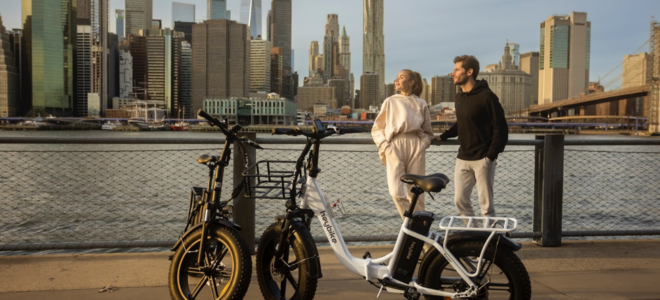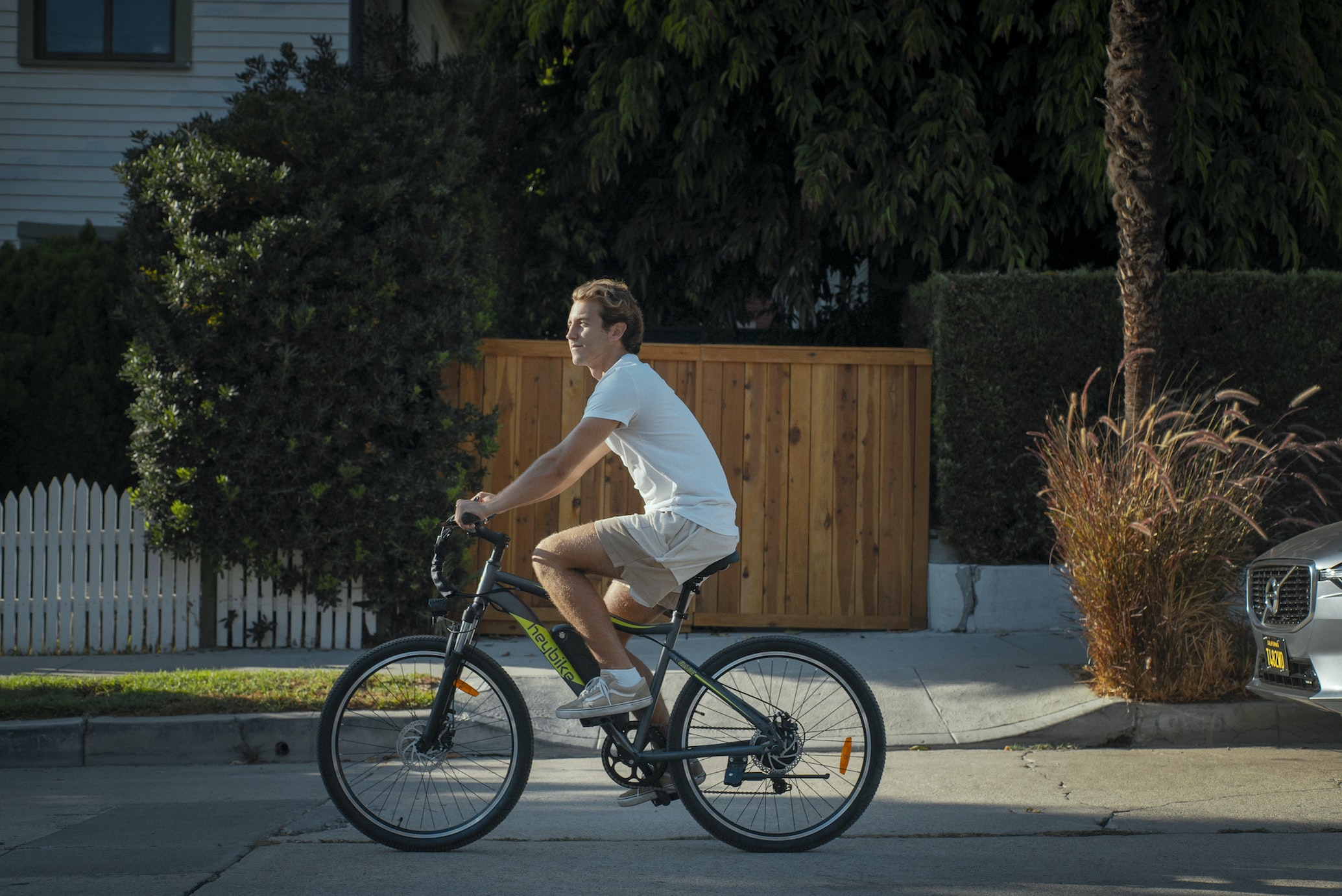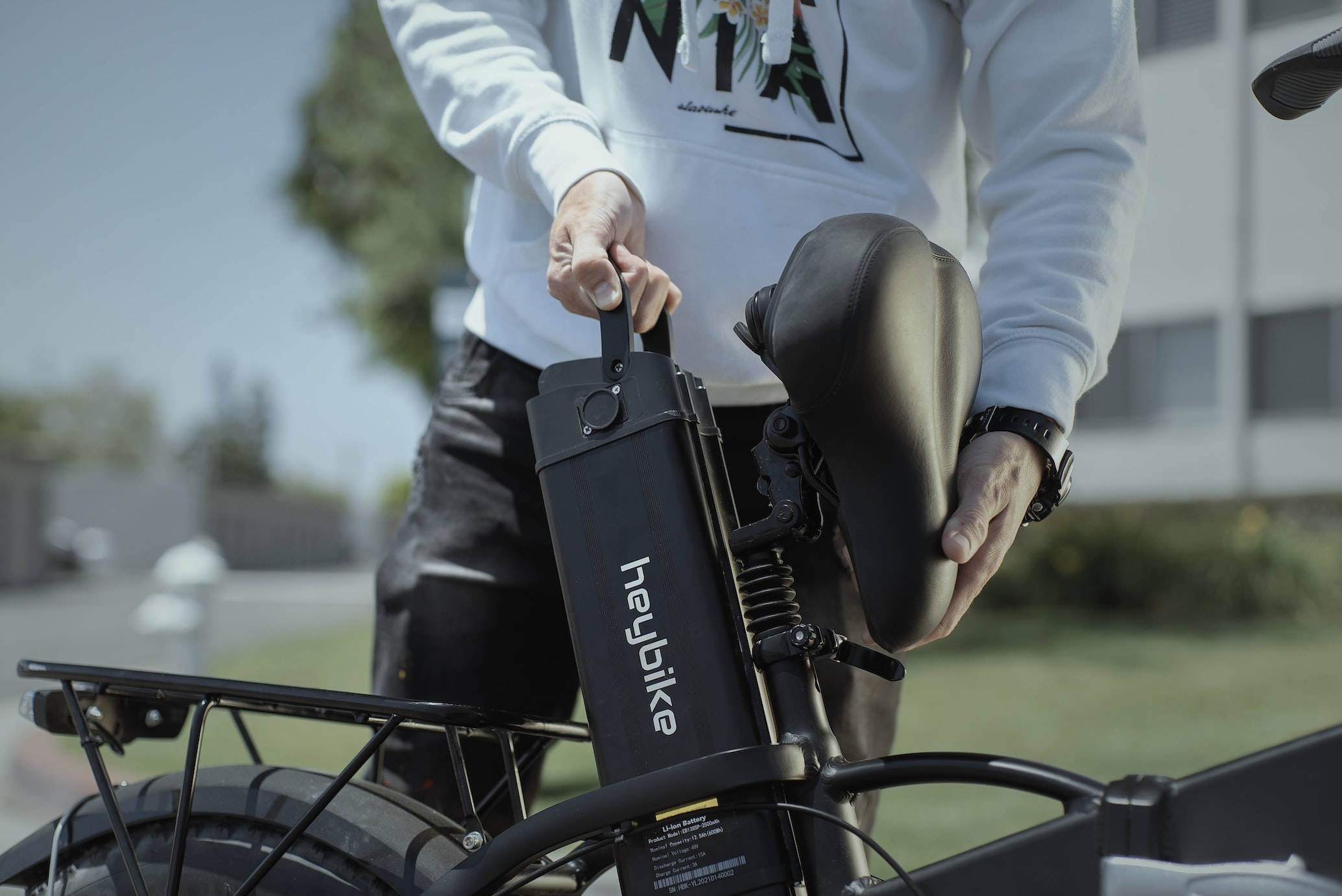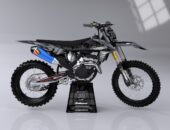
Electric bikes, fondly known as e-bikes, have emerged as a popular trend in the world of cycling. Offering a combination of convenience, sustainability, and fun, e-bikes cater to a wide range of users, from urban commuters to outdoor enthusiasts. However, choosing the right e-bike requires careful consideration of various factors. It’s not just about the appeal of electric assistance; it’s about how well the bike aligns with your individual needs.
In this article, we explore some key aspects to consider before buying an e-bike, ensuring that your choice is not only practical but also brings joy to your daily life. Whether you’re a first-time buyer or a seasoned e-bike rider, this article will provide valuable insights to make an informed decision.
1. Determine Your Needs and Riding Style

When it comes to e-bikes, one size does not fit all. It’s important to reflect on how you plan to use the bike. Are you commuting through city streets, enjoying scenic trails, or tackling rugged mountain paths? For urban commuters, an e-bike with a comfortable upright position, integrated lights, and perhaps a cargo rack might be ideal. If you’re into off-road biking, a mountain e-bike with sturdy construction and enhanced suspension will suit you better. Leisure riders might prefer a cruiser-style e-bike that offers comfort for relaxed rides. Additionally, consider the distance of your regular routes to ensure the e-bike’s range meets your needs.
2. Buying for Others
Choosing an e-bike as a gift requires thoughtful consideration of the recipient’s needs and preferences. Consider their typical riding conditions, comfort requirements, and any specific features they might appreciate, such as a step-through frame for easy access or a powerful motor for hilly commutes. If you’re not sure about the specifics, you can look up a holiday e-bike gift guide. Look for models with adjustable components like handlebars and seats that can accommodate different riders comfortably.
3. Battery Life and Range Considerations

The battery is a crucial component that determines how far you can go on a single charge. If your commute is lengthy or you plan on taking long rides, look for a bike with a high-capacity battery. Battery life is influenced by more than just distance; it’s also affected by factors like the terrain, your weight, and how much you’ll be relying on the motor assistance. Some e-bikes offer the option of carrying a spare battery, which could be a consideration for those planning longer trips. It’s also worth noting the charging time – some batteries can take longer to charge fully, which could impact your usage.
4. Motor Type and Placement
The motor significantly influences the bike’s performance. Hub motors, which are either in the front or rear wheel, are typically quieter and can be more cost-effective. They are well-suited for flat terrains and moderate riding. Mid-drive motors, located in the center of the bike, offer better balance and weight distribution, making them ideal for hilly terrains and more demanding rides. They also typically provide a more natural riding feel, mimicking the experience of a traditional bike. Consider where and how you’ll be riding most often when deciding on the motor type.
5. Budget and Cost Effectiveness

Your budget is a key factor in the decision-making process. E-bikes come in a wide range of prices, and higher-priced models often come with better quality components, longer battery life, and more sophisticated motor systems. However, there are also many budget-friendly options that don’t compromise too much on performance and durability. Consider the long-term savings that e-bikes offer, such as reduced fuel costs, lower transportation expenses, and minimal maintenance. This could justify a higher upfront investment. Also, look out for financing options or seasonal promotions that could make more expensive models more accessible.
6. The Importance of Test Riding
Test riding is essential in choosing the right e-bike. It allows you to feel the bike’s handling, the responsiveness of the motor, the comfort of the saddle, the positioning of the handlebars, and overall ease of use. During a test ride, pay attention to how the bike accelerates and decelerates, how comfortable you are with the bike’s geometry, and how well you can control it. This is also a great opportunity to ask questions about the bike’s features and maintenance needs. Visiting a reputable bike shop where you can test-ride multiple models can significantly aid in your decision-making process.
7. Frame and Build Quality

The build quality of an e-bike is pivotal for both durability and ride comfort. The frame material – often aluminum, steel, or carbon fiber – affects the bike’s weight, strength, and how it handles different terrains. Aluminum frames are a popular choice as they offer a good balance between weight, strength, and cost. Steel frames are heavier but offer more durability and a smoother ride, while carbon fiber is lightweight and responsive but typically more expensive. Check the weld quality and overall construction of the e-bike.
In addition, consider the design for ease of mounting and dismounting, especially if you have mobility concerns or if the bike will be used by riders of varying heights.
8. Gearing and Braking Systems
Gearing systems in e-bikes cater to various riding needs. If you’re cycling in hilly areas or need more control over your speed, look for an e-bike with multiple gears. For urban commuters, a single-speed e-bike might suffice, offering simplicity and ease of maintenance. The braking system is equally vital, especially considering the additional speed and weight of e-bikes. Hydraulic disc brakes offer superior stopping power and are reliable in different weather conditions. Mechanical disc brakes are a more affordable alternative, though they require more manual adjustment. Test the brakes for responsiveness during your test ride.
9. Weight and Portability

The weight of an e-bike affects its portability and handling. Heavier models might be more challenging to transport or carry up stairs, so consider a lighter model if these factors are important to you. Additionally, if you live in an apartment or have limited storage space, look for compact or foldable e-bikes. Foldable models are also a great choice for those who combine cycling with public transport, as they can be easily stowed away on a bus or train.
10. Legal and Safety Regulations
Familiarize yourself with local regulations regarding e-bikes, as laws can vary significantly by region. These regulations may dictate aspects such as the maximum allowed motor power, speed limits, and whether you need a license or helmet. Adhering to these regulations is crucial for safe and legal riding. Also, consider investing in additional safety gear like a high-quality helmet, reflective clothing, and lights, especially if you plan to ride in traffic or during low-light conditions.
Conclusion
Choosing the right e-bike involves more than just being swayed by its electric capabilities; it’s about finding a bike that resonates with your lifestyle, meets your practical needs, and provides a pleasurable riding experience. By considering these factors, you’re well on your way to selecting an e-bike that will not only serve you well but also contribute to a more sustainable and enjoyable mode of transportation.


